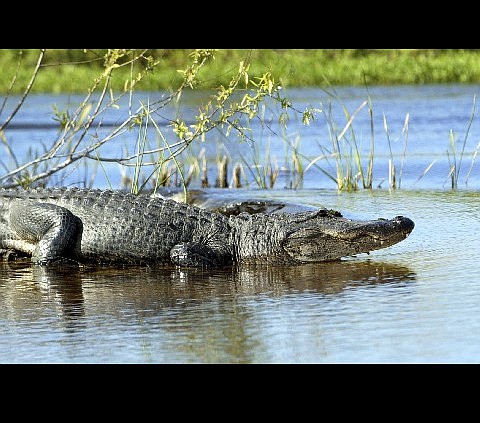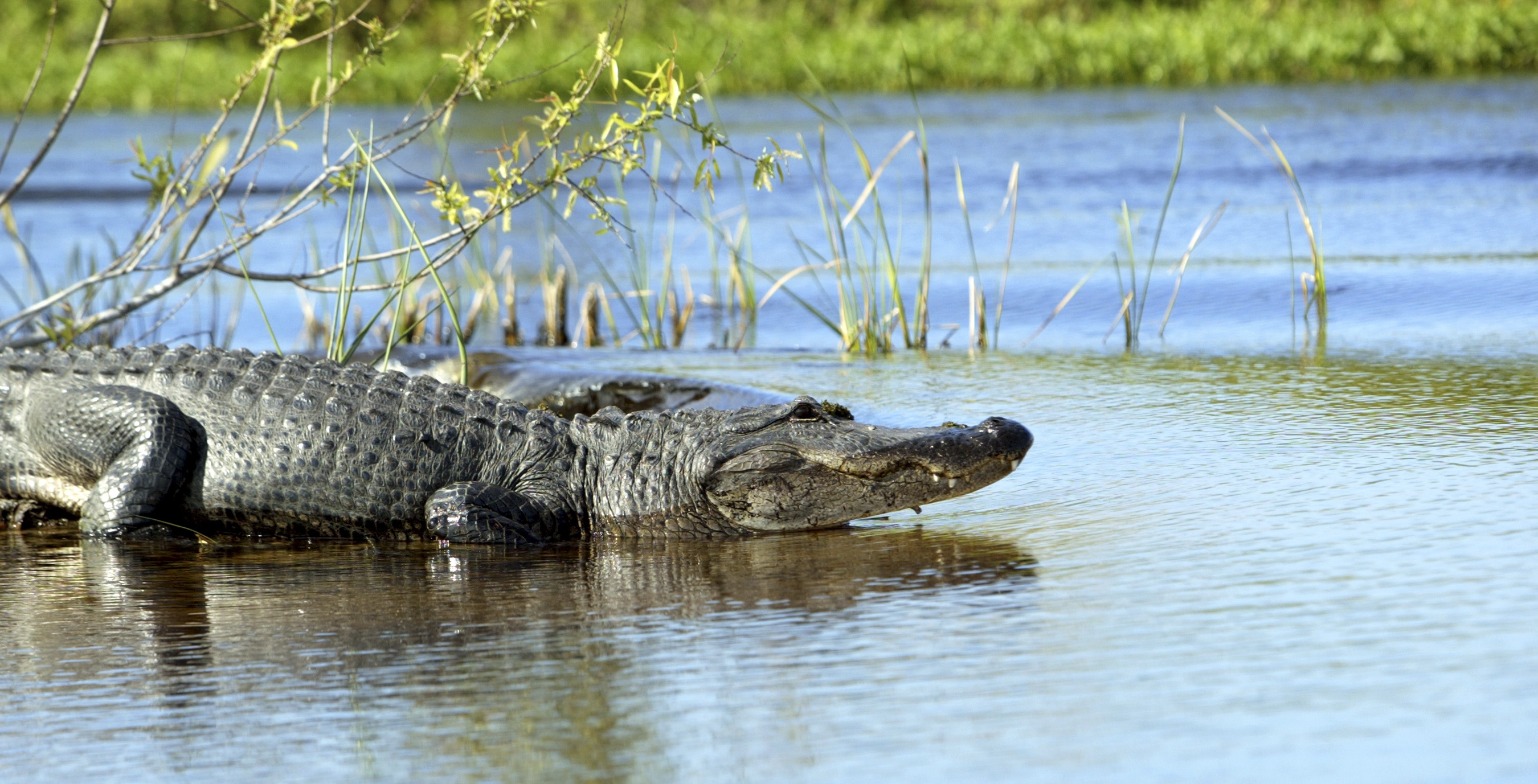My wife started a bucket list before bucket lists were cool. Her wish list included such diverse features as milking a cow and riding an airboat through the Florida Everglades.
She's now crossed both off her list and, I assure you, the Everglades visit we just made was far more titillating than the milking experience for my wife, the cow and me (or maybe not ... do cows like to be milked?).
We flew on Southwest nonstop from Nashville to Fort Myers, Fla., and drove about an hour south to Everglades City, a small but delightful town on the west side of Everglades National Park. Everglades City takes you back to "old" Florida with its little, privately owned hotels and restaurants and slow-paced lifestyle. We lodged at Ivey House, a historic inn since the 1920s. It was clean, comfortable and reasonably priced, and the staff was incredibly helpful with information on where to go, where to eat, even what to wear.
We first checked off Bucket List Item 106 with an airboat ride. Airboats are different lengths and carry different numbers of passengers. Ours could accommodate 16 and was powered by a huge engine that turned a propeller that blew air across a rudder for steering. The boats draft only a few inches of water, so skimming along at 20 to 30 mph across the shallow water in the Everglades was a breeze - literally.
The boats are fast and fun and, once our driver realized we were up for it, he took us on a cruise with lots of zigging, zagging and doughnuts. We saw a number of huge alligators and all sorts of herons, storks, ibis and pelicans among the sawgrass prairie and mangroves.
Next we took a swamp buggy ride through a privately owned section of the Everglades. This absurd-looking vehicle has a platform where passengers sit about 15 feet above an old four-wheel drive truck chassis with huge, low-inflation tires that can wallow through the marshy land.
We spent the remaining two days of our visit exploring Everglades National Park. It is an incredible place and is best visited from December through March when temperatures are cooler, there is less rain and fewer mosquitoes.
After 1845, when Florida became a state, the state and federal governments, along with private corporations, activated plans to drain the area and plant sugar cane to help spur the state's economy. Canals were dug, dikes were built, and some areas south of Lake Okeechobee - the primary water source of the Everglades - were actually farmed, but most of the Everglades proved too difficult to cultivate.
Engineers discovered that the Everglades is not a swamp, but actually a slowly flowing river, or series of rivers, 50 miles wide that the Indians called Pahayokee (pronounced paha-HIGH-oh-geh), or "grassy waters." Like all rivers, the rivers in the low-lying Everglades are constantly flooding, meandering and occasionally drying up, making cultivation very difficult.
Flooding in South Florida continued to be a problem, especially following devastating hurricanes in 1926 and 1928 that killed thousands of Floridians. Consequently, during the Franklin D. Roosevelt Administration, the federal government built a system of levees, flood gates and canals around Lake Okeechobee. This helped the thriving tourist industry and the farmers, but it was a disaster for the fragile ecosystem in the Everglades.
Following more devastating hurricanes in 1947, the anti-flooding program was expanded in the 1960s and is today, the levees and dikes around the Everglades are an average of 30 feet high.
The good news is that leaders in private industry and government, along with private landowners, now better recognize the problems of balancing human needs against a fragile ecosystem like the Everglades.
In 2000, President George W. Bush signed the Comprehensive Everglades Restoration Act to help the process. According to park rangers we met, it has helped substantially, and they are seeing a rise in the populations of some endangered species, such as the American crocodile at Flamingo Point, the southern tip of the Everglades.
In this area, the fresh water of the Everglades meets the salty water of Florida Bay. Crocodiles, unlike alligators, can tolerate salt water, but must hatch their eggs in fresh water, where alligators live. Flamingo Point is the only place in the world where both alligators and crocodiles co-exist. We actually learned to tell the difference in the two - and that crocodile tears are real.
The Everglades is a wonderful place to see Mother Nature at her finest.
Also, it was great to witness firsthand the fragile balance that exists between man and nature. It is a constant give-and-take battle, and we must respect both the needs of mankind and our responsibility defined in the earliest chapters of the Bible to care for and nourish the natural world given us by our Creator.
Watching an 8-foot alligator lounging beneath a shadowed mangrove, her cavernous pink mouth opened to regulate her temperature, while a nearby wood stork peacefully probes the dark water with its long beak, one senses a quiet rightness that is anathema to our fast-food, high-tech, fast-paced world. It was with sadness that we left that tranquil setting, but it's wonderful to think it will still be there for our grandchildren because our society recognizes its importance.
Hopefully, their grandchildren will still be able to laughingly joke, "See ya later, alligator."

